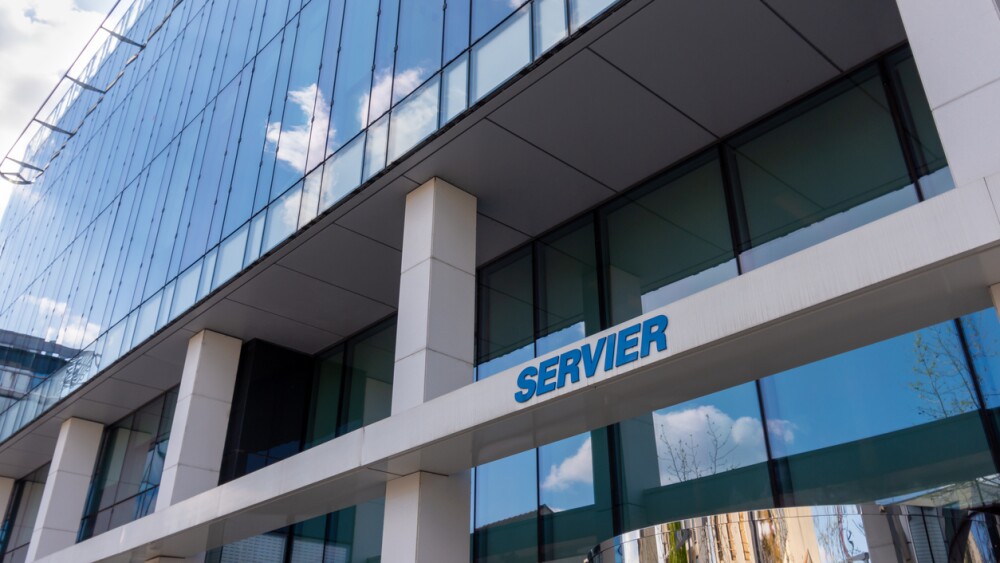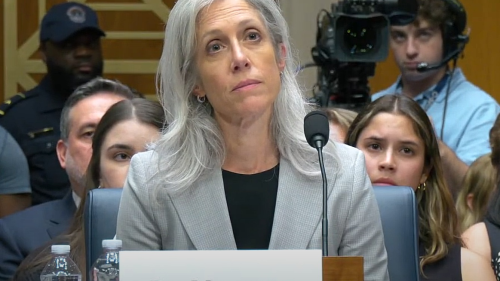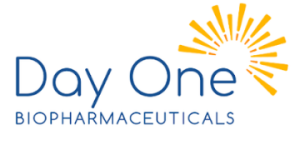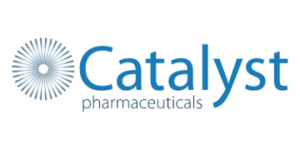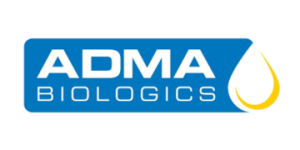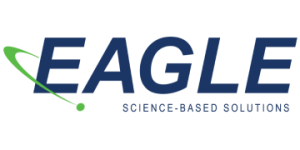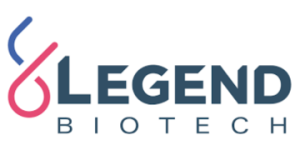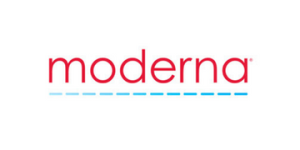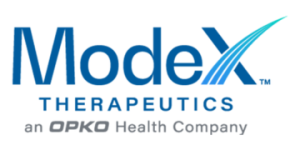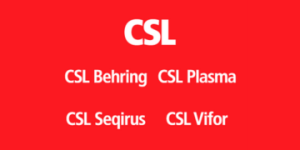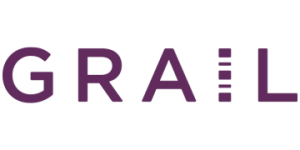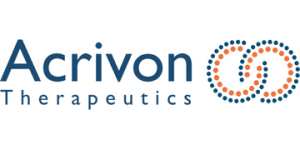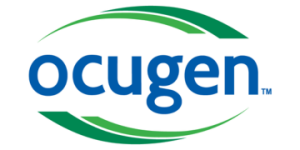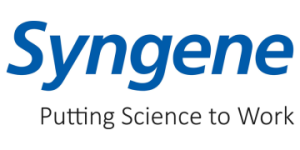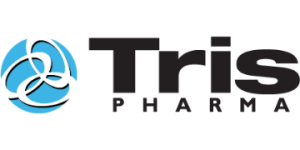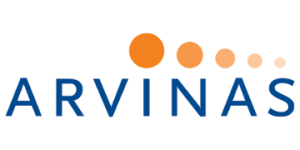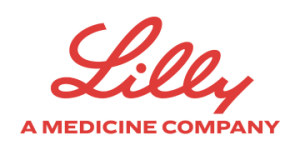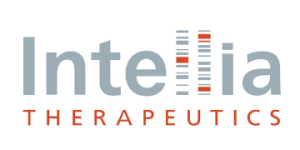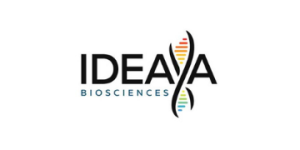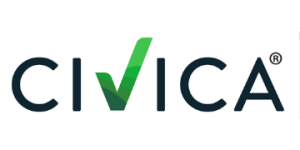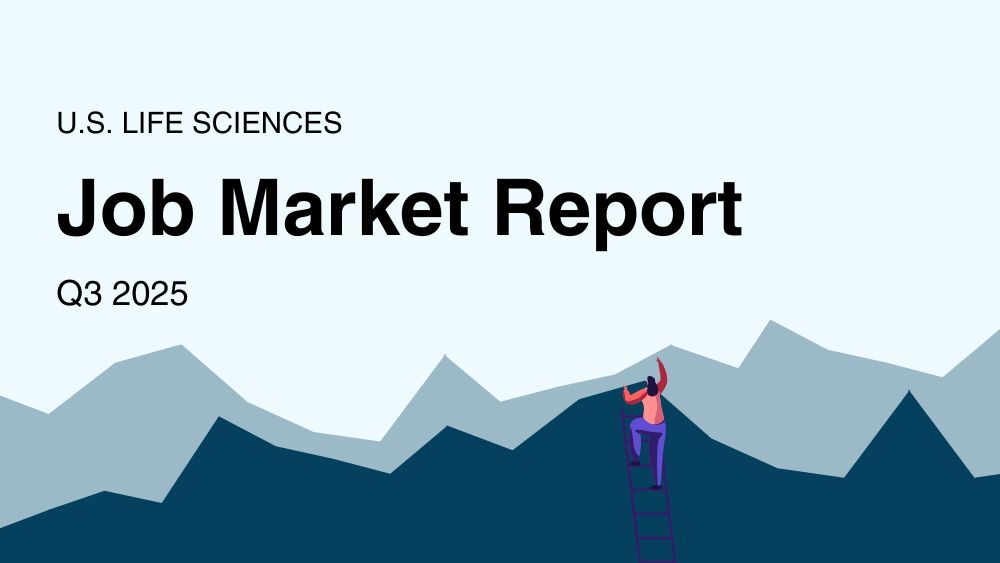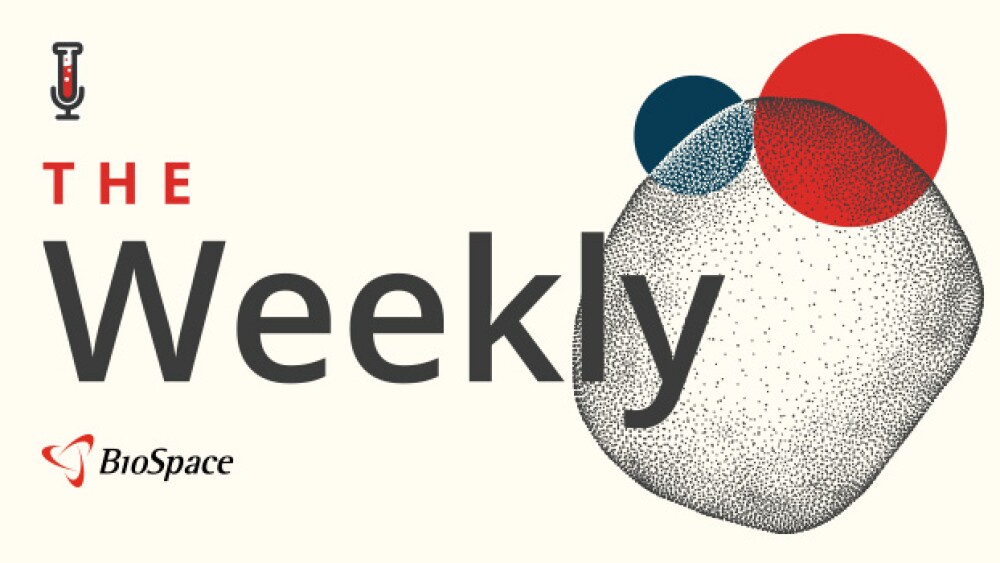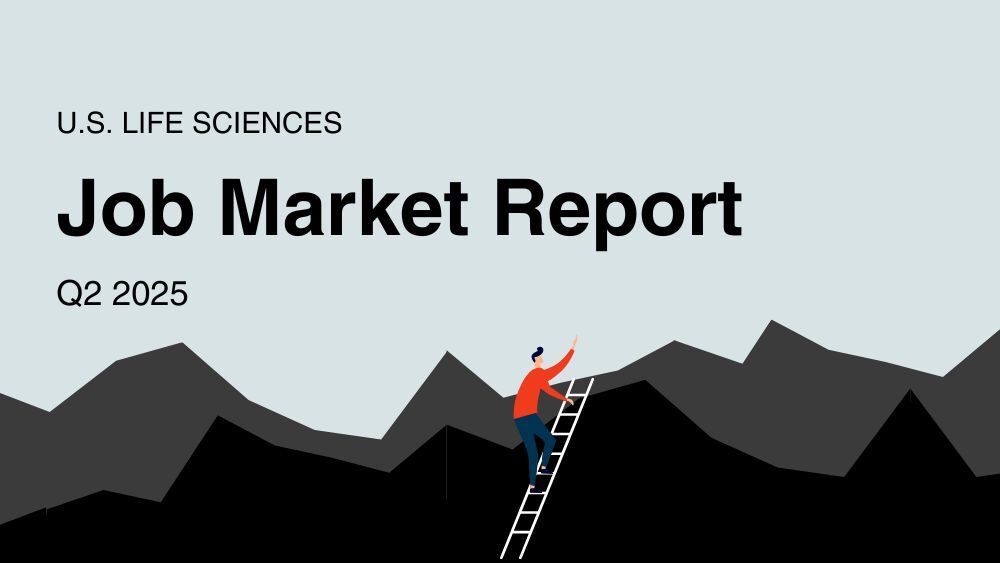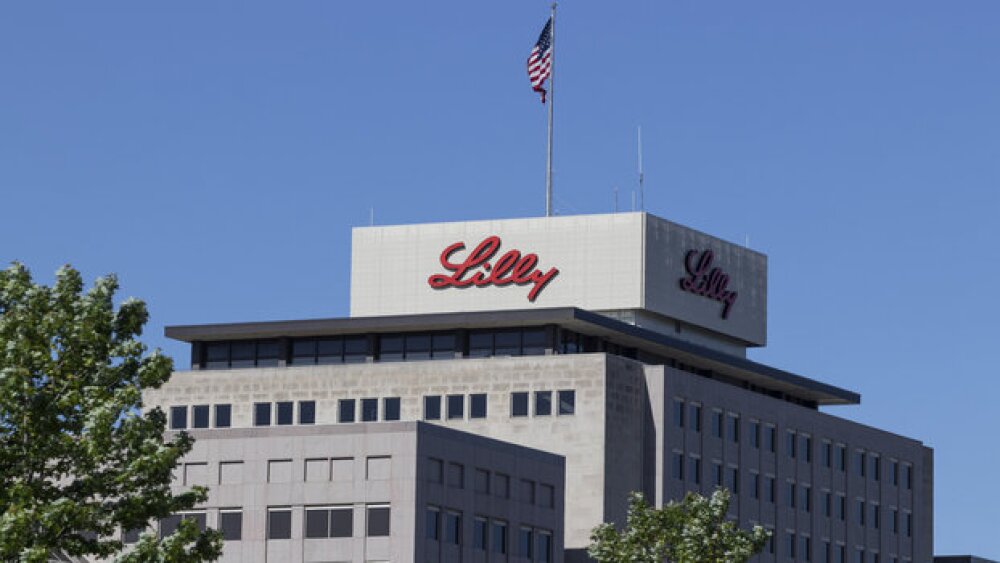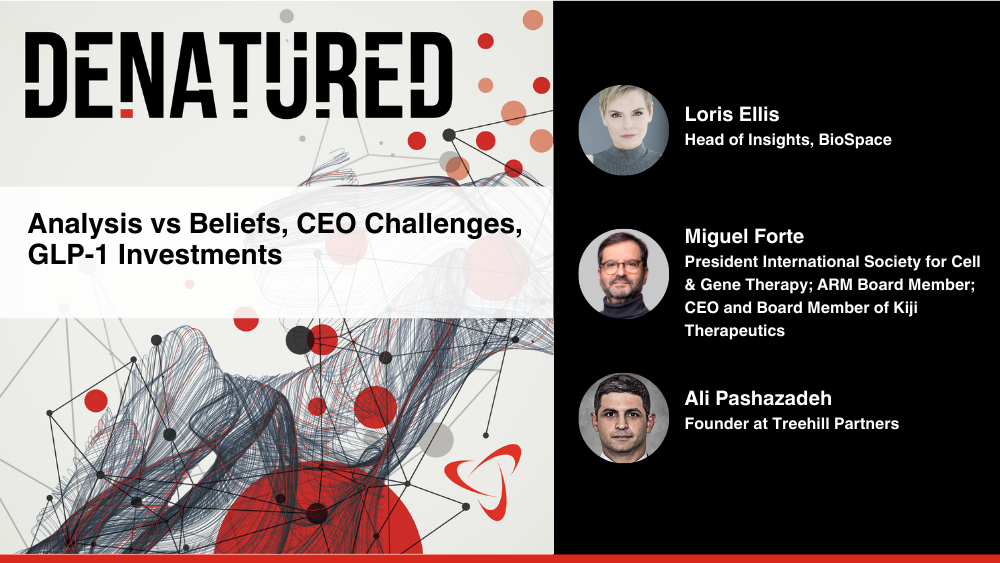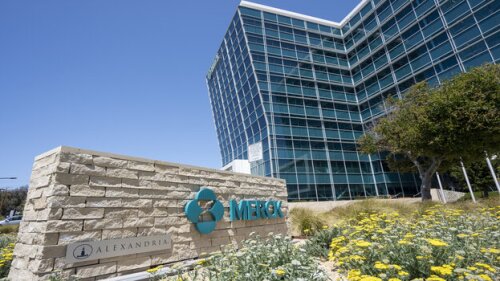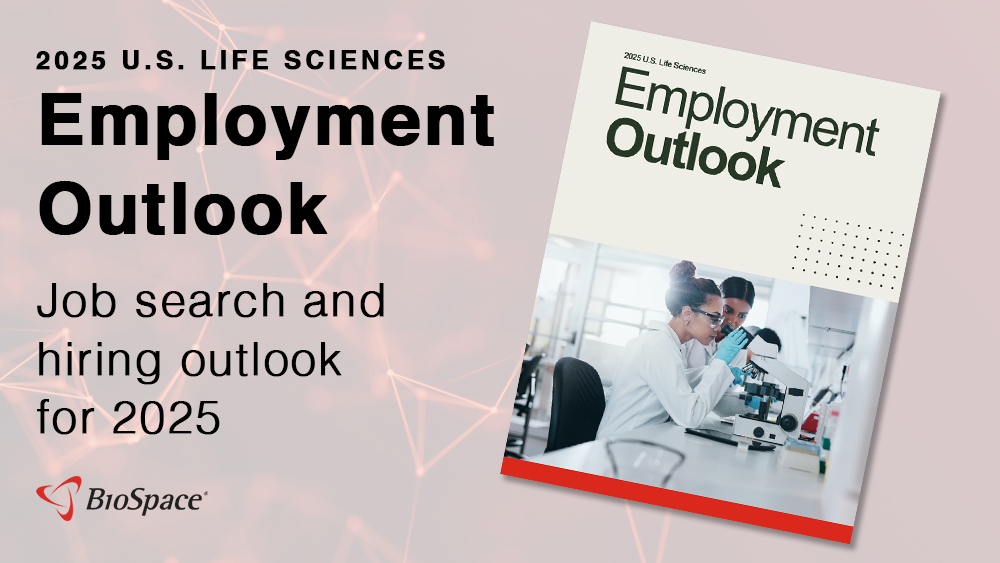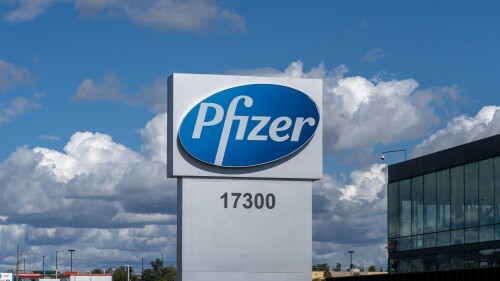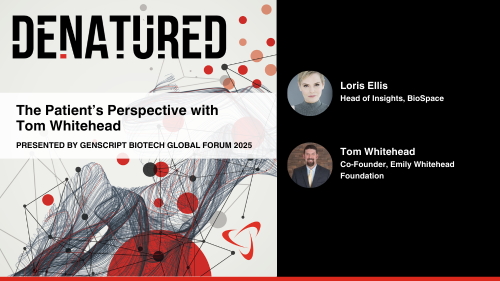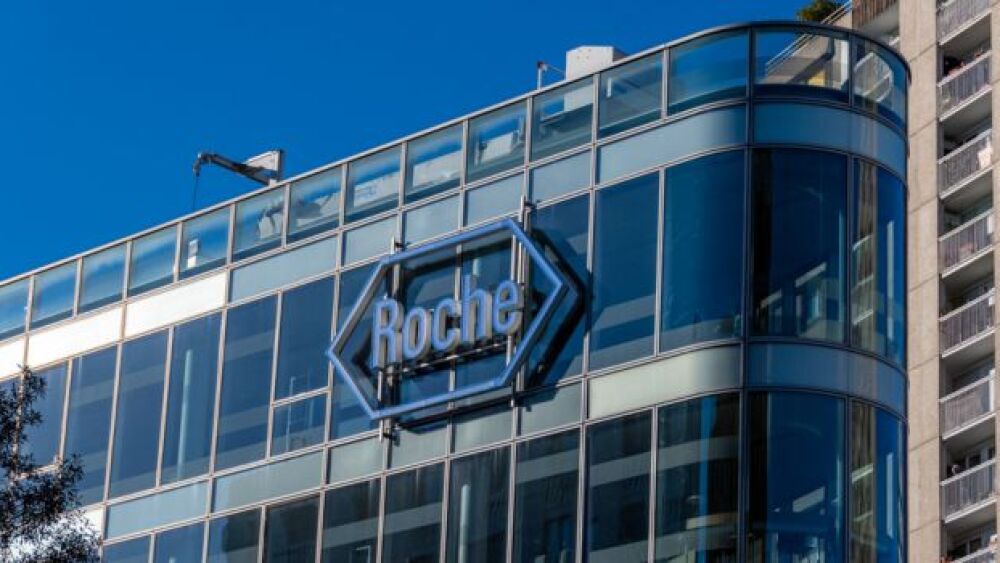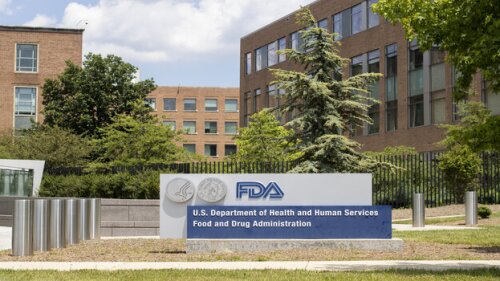Supporting Lexicon Pharmaceuticals’ decision to advance the non-opioid analgesic pilavapadin into late-stage development—despite a topline miss in March—is an “improving” regulatory environment for non-addictive options for chronic pain, according to analysts at Jefferies.
The star of the acquisition, which includes a contingent value right of $6 per share, is pegozafermin, an FGF21 analog in late-stage development for metabolic dysfunction-associated steatohepatitis.
In this deep dive, BioSpace explores the next big thing in obesity.
During a hearing in front of the Senate’s HELP committee, Susan Monarez addressed her controversial firing and recalled a conversation where Health Secretary Robert F. Kennedy Jr. allegedly said that “CDC employees were killing children and they don’t care.”
Listen now for a high-level discussion on overcoming pharmaceutical supply chain challenges through end-to-end integration.
Moving forward, Innate will focus on the clinical development of its antibody-drug conjugate IPH4502, the lymphoma candidate lacutamab and the AstraZeneca-partnered monalizumab.
FEATURED STORIES
The explosion of GLP-1 weight loss drugs is reminiscent of the early days of PD-1 inhibitors, but key market differences suggest history may not repeat itself.
The ongoing conflicts between Ukraine and Russia, as well as Israel and Palestine, have sent ripples across various industries, including pharma. Medical science liaisons can help.
Mirador debuted last year with a massive $400 million and the goal of developing game-changing therapies for inflammatory and fibrotic diseases. The company aims to enter the clinic this year.
Having established success in cancer, biopharma is now looking to leverage CAR T therapies against a new target, autoimmune disorders, with several early- to mid-stage readouts expected this year.
As obesity drug developers compete for the highest weight-loss efficacy, experts contend that overall health outcomes—evidenced by successful studies in therapeutic areas like cardiovascular and sleep apnea—may prove a greater market advantage.
Facing declining valuations and funding challenges, public biotechs like bluebird bio are going private to restructure, reduce regulatory burdens and refocus on long-term growth.
LATEST PODCASTS
Pfizer selects its candidate for the oral GLP-1 race as Eli Lilly strives to overtake Novo Nordisk in the injectable weight-loss drug space. Meanwhile, pressure builds to reduce drug prices in the U.S.
Eli Lilly becomes the latest to make a major investment in immunology and inflammation, while antibody-drug conjugate biopharma Myricx Bio nets a large Series A round and new research highlights the potential and possible risks of GLP-1s.
Two CRLs from the FDA last week cited concerns with third-party manufacturers, while Indian CDMOs may make a bid for U.S. business if there is a decoupling from Chinese companies under the BIOSECURE Act.
Job Trends
Inspire, the world’s largest health community and real-world evidence platform, has announced that it will present new research at Digestive Disease Week 2024, unveiling insights from a mixed-method study on Short Bowel Syndrome patient experience.
Subscribe to Genepool
Subscribe to BioSpace’s flagship publication including top headlines, special editions and life sciences’ most important breaking news
SPECIAL EDITIONS
In this deep dive, BioSpace investigates China’s rise as a biotech powerhouse.
BioSpace did a deep dive into biopharma female executives who navigated difficult markets to lead their companies to high-value exits.
BioSpace data show biopharma professionals faced increased competition for fewer employment opportunities during the second quarter of 2025, with increased pressure from further layoffs.
DEALS
-
Under a multi-year agreement announced Wednesday, Eli Lilly will leverage Haya Therapeutics’ proprietary RNA-guided genome platform to identify drug targets to address the chronic conditions.
-
Not all licensing deals are successful. Here, BioSpace examines a few noteworthy assets that Big Pharma returned in the last 12 months.
-
Belgium-based biopharma UCB is selling its Chinese neurology and allergy business to Singapore asset management firm CBC Group and Abu Dhabi investment company Mubadala.
-
Venture capital in the sector hit $9.2 billion in the second quarter of 2024, up from $7.4 billion in Q1, while exits fell on a slower M&A cycle and picky IPO market.
-
M&A activity surges and IPOs return as the biotech industry navigates a changing business landscape marked by strategic consolidation and renewed investor focus on innovation.
WEIGHT LOSS
-
In this episode of Denatured, BioSpace’s Head of Insights Lori Ellis, Miguel Forte and Ali Pashazadeh speculate on the impending Trump administration, discuss current challenges faced by CEOs and weigh investment in GLP-1s.
-
According to the World Health Organization, GLP-1 receptor agonists are currently being used in a highly medicalized manner. Healthcare systems need to enact more holistic solutions, focusing on health promotion, disease prevention and policy interventions.
-
Following an appeal by the Danish Medicines Agency, the European Union’s drug regulator will review two new studies that have strengthened the link between Novo Nordisk’s blockbuster GLP-1 and a rare eye disease.
-
Suddenly the hottest thing in biopharma isn’t a new indication, disease target or modality—it’s manufacturing, and all of pharma is going to be vying for capacity and talent.
-
The Hansoh deal will let Merck compete in the crowded oral GLP-1 space alongside fellow pharma giants Eli Lilly, Novo Nordisk and Roche.
POLICY
-
The so-called ‘Most Favored Nations’ rule would set drug pricing for Medicare in line with the prices paid by other nations, where drugs can be much cheaper.
-
Such a change would put the U.S. more in line with guidance in other countries and with the World Health Organization, which recommends one dose for children and adolescents only if they have comorbidities.
-
In December 2024, the FDA affirmed that the shortage of tirzepatide, marketed as Zepbound for weight loss, had ended, formally barring compounders from producing their knockoff versions of the drug.
-
FDA Commissioner Marty Makary last week announced a directive that would limit industry participation in the agency’s advisory committees. But not only do company reps serve only as non-voting members, a 1997 law actually requires industry involvement.
-
Disruptive conditions are typical in non-Western markets. The U.S. industry, thrown into a period of significant change as the Trump administration overhauls HHS and considers implementing tariffs, could learn a thing or two by looking overseas.
Are you looking for doctor careers in the pharma sector? Here is everything you need to know about how you can choose a reputable and growing pharma career.
Before going for pharmaceutical jobs interviews, you should be prepared to give the best answers possible. Here are six questions you should be ready for.
Finding a job in the pharmaceutical industry can be challenging. Find out which skills can help you score your dream pharmaceutical company job.
How can you show employers that your skills are current, despite being out of work for months or years?
Trying to develop a career in pharma may be overwhelming when you think about it. However, this article can help!
Conducting some research before your job interview can help ease your mind. You will feel less stressed once you know what to look forward to during the meeting and which skills will allow you to shine.
HOTBEDS
REPORTS
In this Employment Outlook report, BioSpace explores current workforce sentiment, job activity trends and the prospective job and hiring outlook for 2025, particularly as it compares to the previous year.
BioSpace’s third report on diversity, equity, inclusion and belonging in life sciences examines dramatic shifts in attitude around diversity initiatives.
CANCER
-
Faced with the encroaching threats of patent expirations and generics, biopharma companies in 2024 invested 33% more in licensing deals, on average, than in 2023 with an eye toward enriching their pipelines with novel and potentially more effective therapies.
-
Topline data on a combo including Pfizer’s kinase inhibitor Braftovi point to improved progression-free survival and pave the way for its full approval for the treatment of certain colorectal cancers, according to the company.
-
Novartis was among the most prolific pharma dealmakers in 2024, a trend that it expects to continue with more bolt-on deals this year to set up for sustainable long-term growth.
-
In this episode, presented by the Genscript Biotech Global Forum 2025, BioSpace’s Head of Insights Lori Ellis talks to Tom Whitehead, co-founder of the Emily Whitehead Foundation, about how standard care, cell and gene therapies and their impact on patients.
-
The layoffs follow an announcement in early January that I-Mab will re-prioritize resources to focus on advancing a CLDN18.2 and 4-1BB bispecific antibody for gastric cancers.
NEUROSCIENCE
-
The report comes just two days after Novartis announced its own Parkinson’s drug failure.
-
Even as Biogen and Eisai’s Leqembi and Eli Lilly’s Kisunla slowly roll out onto the market, experts question the efficacy of these anti-amyloid antibodies and the amyloid hypothesis overall.
-
Some 90% of investigational drugs fail—and success rates are even more dire in the neuro space. Here, BioSpace looks at five clinical trial flops that stole headlines over the past 12 months.
-
GSK, Gilead and Arcellx, Vertex and more present new data at the American Society of Hematology annual meeting just as sickle cell therapies Casgevy and Lyfgenia have a new outcomes-based payment model; Eli Lilly and Novo Nordisk pump new funds into manufacturing; and AbbVie makes a Cerevel comeback while uniQure clears a path toward accelerated approval in Huntington’s disease.
-
In a Type B meeting, the FDA signified that it will allow uniQure to use a natural history control, the composite Unified Huntington’s Disease Rating Scale, and neurofilament light chain levels to support the accelerated approval of its gene therapy AMT-130.
CELL AND GENE THERAPY
-
Following strong treatment response data for Adaptimmune’s lete-cel, the biotech is planning to initiate a rolling BLA submission to the FDA, set to start by the end of 2025.
-
The FDA has followed in the footsteps of its European counterparts and granted accelerated approval to PTC Therapeutics’ gene therapy Kebilidi for AADC deficiency. It is the first approved gene therapy to be delivered directly to the brain.
-
BioSpace takes a look at the headlines across a heavy earnings week for biotechs, checking in on Allogene, Rapport and more.
-
Analysts did not seem very concerned by the treatment-related serious adverse event, noting that NGN-401 was well-tolerated at a lower dose and showed promising efficacy outcomes.
-
The investigational therapy, vesleteplirsen, had been positioned as an updated version of Sarepta’s original exon 51-skipping Duchenne muscular dystrophy drug Exondys 51.

